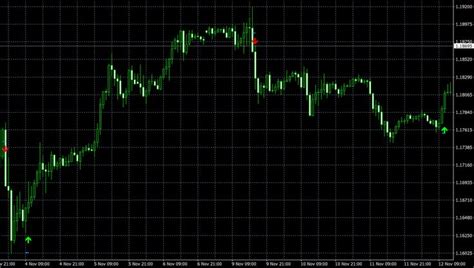The Wild Ride of Crypto: Understanding market orders, volatility and reversal models
The cryptocurrency world is known for its volatility in recent years. The price of bitcoin, for example, can fluctuate up to 10% in a single day, making it one of the most unpredictable assets on the market. But what motivates this volatility? How do traders sail to these fluctuations? And what are the implications of these models for investors and market players?
Market orders: bases
A market order is an instruction to buy or sell a specific asset at a specific price within a specific time. It’s like making a telephone call to your broker, tell them to buy 100 bitcoin at $ 5,000 per room if the price reaches $ 4,500 by tomorrow evening. Market orders are executed immediately and do not involve any risk, as you buy or sell mainly with the intention of closing the trade before its expiration.
volatility: the key driver
The volatility of cryptocurrency markets is largely motivated by the feeling of the market, liquidity and technical analysis. When merchants perceive a particular asset as overexizing or exceed, they may be more likely to enter or leave the market, leading to price oscillations. Volatility can also be influenced by external factors such as government policies, economic indicators and global events.
Inversion models: early alert signs
Inversion models are a type of technical indicator which signals an imminent price change in cryptocurrency markets. These models are looking for specific combinations of characteristics of the graph, such as mobile averages, trends and oscillations, to indicate an inversion or a potential change in the direction of the market.
Some common reversal models include:
- Head and shoulders : This diagram consists of three peaks and a hollow, where the price of the asset has reached a high, followed by a downward trend.
- Head and inverted shoulders : similar to the head and shoulders, but with two low points instead of one.
- Double high or double lower

: Two peaks or hollow with two upper or lower stockings, respectively.
control and inversion models
When an inversion model is identified, market players can react by adjusting their trading strategy. For example:
- Long -term investors can adjust their purchase orders to reflect the new feeling of the market, as increased their position if they believe that the asset is due for an increase in prices.
- Short -term traders could adjust their sales orders to take advantage of the drop in expected prices.
- Day traders could quickly close their positions to limit losses or lock profits.
However, it is essential to note that market orders and reversal models are not infallible predictors of future price movements. Market players must also take into account other factors, such as liquidity, risk management and fundamental analysis, when making commercial decisions.
Conclusion
Cryptographic markets are intrinsically volatile due to a combination of feeling, liquidity and technical analysis of the market. Understanding market orders, volatility and reversal models is crucial for merchants, investors and market players. By recognizing these engines and adjusting their strategies accordingly, we can better navigate in the complex world of trading of cryptocurrencies.
Additional resources
* Crypto trading strategies : A complete guide to crypto trading strategies, including market types, risk management techniques and analysis of reversal models.
* Analysis of the cryptocurrency market : In-depth analysis of key market indicators, technical models and fundamental factors that influence price movements on the cryptocurrency markets.
* Trading Forex with Crypto
: an overview of the cross between crypto and traditional Forex trading, including trades and risk management strategies.
Leave a Reply